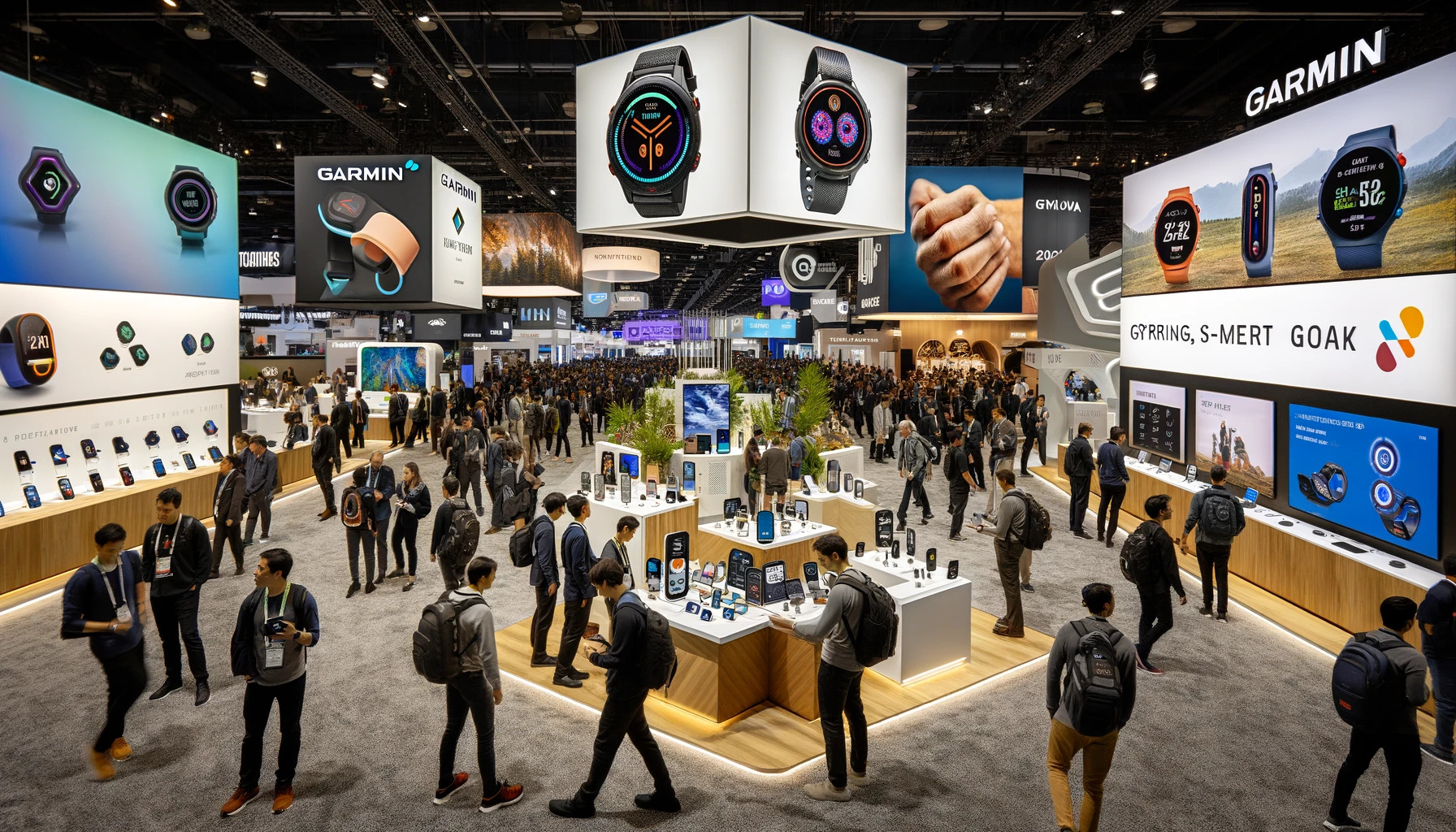This is going to be a unique Christmas. We might not spend it together with our loved ones and that is all the more reason why we need to choose our gifts more carefully.
We have compiled a list of science and tech gifts that hits every category so that you are bound to find something perfect for the science lover in your family.
IN case you go down our list and still don’t find your perfect science and tech gift, go through the other guides we have on our website and you are bound to find something perfect.
It could be a science book, a clever gadget, a wireless earbuds, video doorbells or even smart speakers. So here we go:
Can you look at your nightstand without seeing a tangled mess of charging wires? You can free up your nightstand or desk by investing in this wireless charger for Apple products.
This charger works with iPhones, earpods, as well as Apple Watches at the same time. When it is not at work charging your devices, it manages to look pretty.
In case you are not an apple fan, you can still invest in Belkin’s wireless chargers for Android devices. Plus they are cute too.
If your loved one is a coffee addict, look no further than this coffee drip scale. This coffee kit enables one to prepare a well-made cuppa at home.
It allows you to adjust the flavor of your coffee by adjusting the amount of ground coffee that goes into it and how long it is brewed.
The Hario V60 Coffee Drip Scale will give you perfect coffee every time. It does not look too bad either.
This gift consists of an elegant classic design and a smart light. The lamp connects to your smart home system (Siri, Alexa, or Google) so that you can use your smartphone to turn it on, off or adjust its warmth.
You can set the lamp to go on or off at specific times or for specific durations.
The Lumie Halo is the perfect gift to cheer up a friend in dreary winter. When it is on day mode, it has just the right light intensity to beat Seasonal Affective Disorder.
The Lumie Halo has a simple set up process and it does not take up much space. It has the power to add some cheer to a dull room even when there is little sun. its evening mode is a lot more mellow.
During the winter months when nights are longer and daylight is scarce, indoor lighting is even more important to have I place. This is one of the best work lights because it has LED lights that grow in brightness as the day darkens. This allows you to enjoy a consistent intensity of light throughout the day.
It also has a smart joints and hinges that allow you to point the light in any direction as well as modify the intensity of light as well as its warmth. Even the LEDs adapt.
What you get is a lighting experience that leaves you more alert without causing eye strain in case you spend your day in front of a monitor.

 Home3 years ago
Home3 years ago
 Medical3 years ago
Medical3 years ago
 Gadgets3 years ago
Gadgets3 years ago
 Environment3 years ago
Environment3 years ago
 Medical3 years ago
Medical3 years ago
 Energy3 years ago
Energy3 years ago


